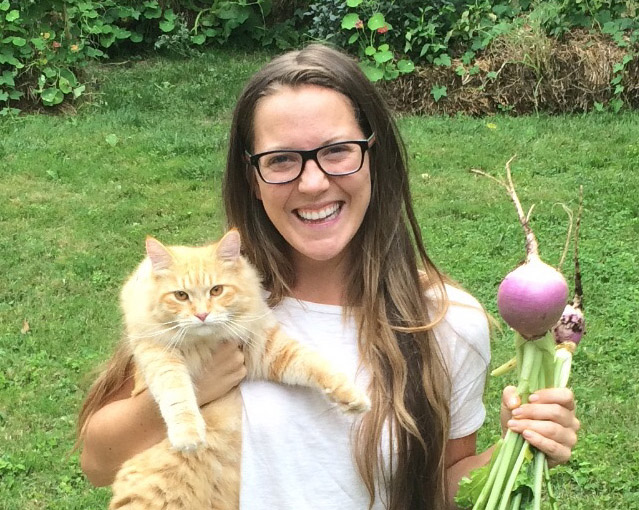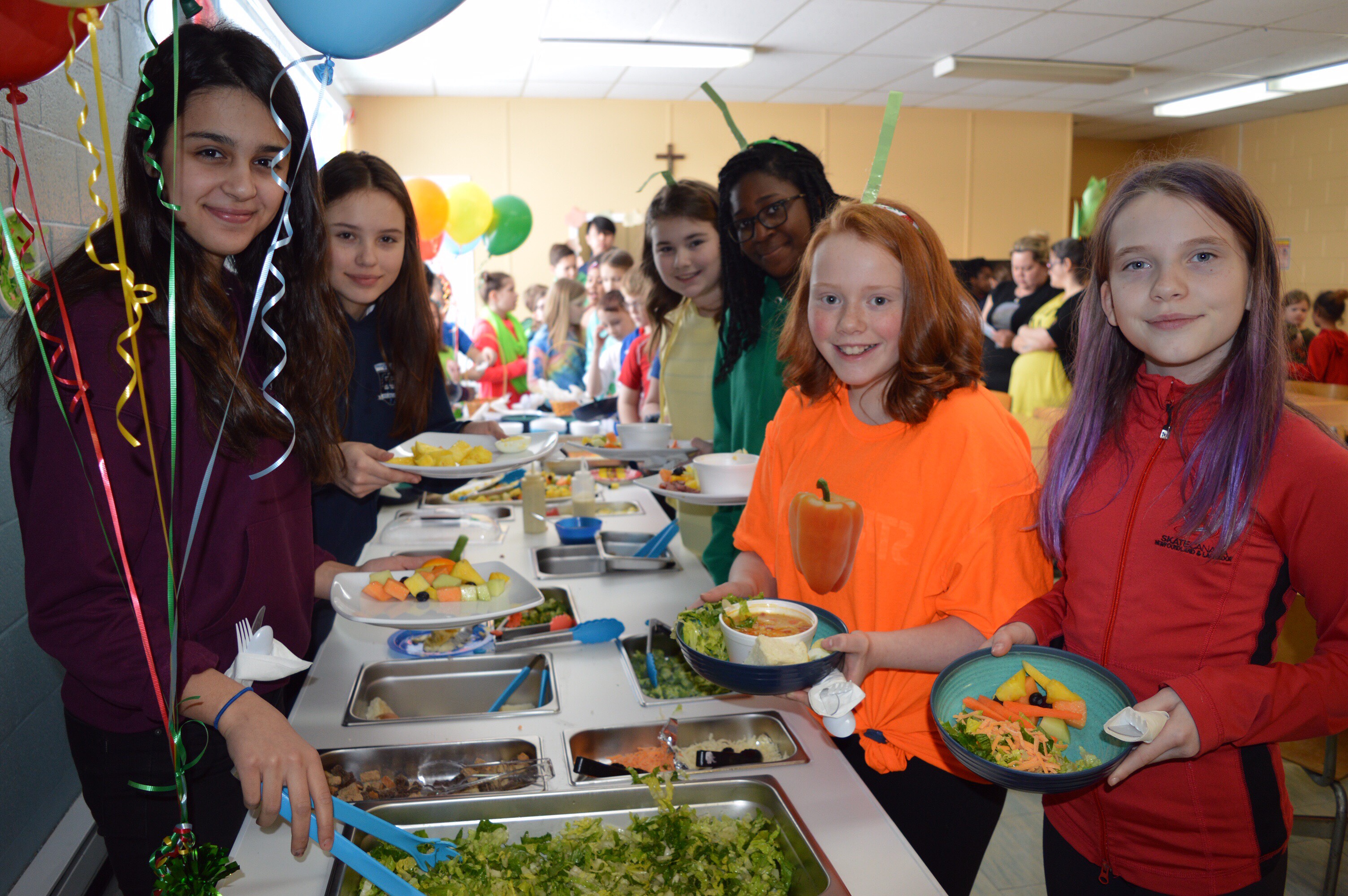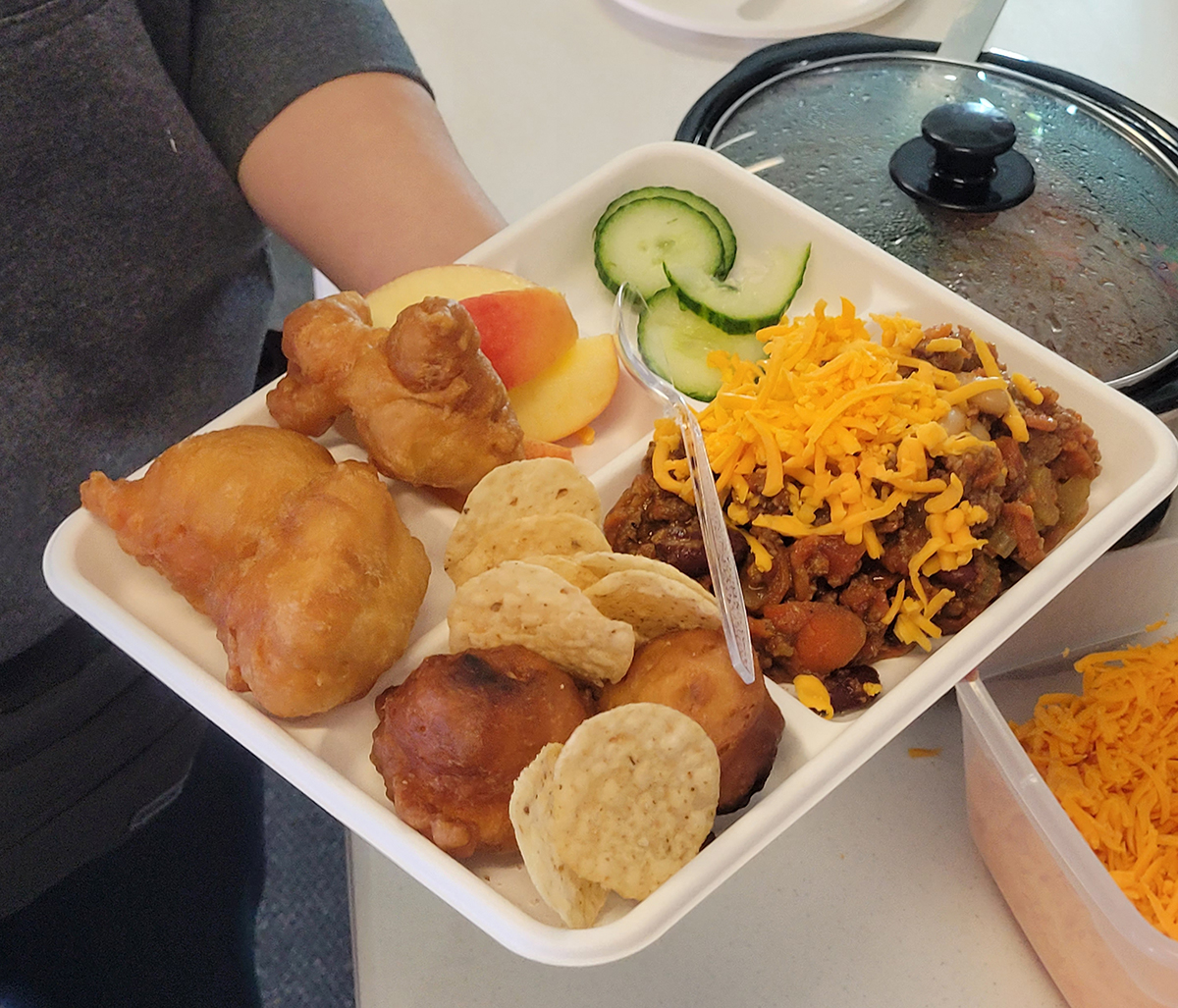By Reilley Plue
The University of Toronto (UofT) is Canada’s largest university, with over 90,000 students across three campuses (Mississauga, St. George, and Scarborough). This means a lot of mouths to feed!
The largest of the three campuses, St. George, caters to over 61,000 full-time students and is located downtown where there is no shortage of food options. But what about the options on campus? With more and more research showing the negative stats on diet-related illness, student food insecurity, and the ethical and environmental impacts of the food we eat, what is Canada’s largest university doing to address these concerns?
The food services across the three campuses are not affiliated with each other, and in 2016, UofT – St. George took a big step towards having more control over the food operations at the downtown campus when they chose not to renew their contract with food provider, Aramark. Unlike the Mississauga and Scarborough campuses, which still rely on these large-scale food providers, the food services at St. George are now mostly self-operated. In a welcomed move away from a foodscape dominated by major chains offering highly processed “food”, UofT now limits the number of major retailers allowed on campus, and has taken admirable steps to increase the availability of healthy, locally-sourced, and sustainable options. One of the best places to eat on campus is the New College Dining Hall, and though it does live up to its reputation, not everyone has enough time to make it worth the $15 all-you-can-eat buffet price tag. For those student looking for something quick or on-to-go, Food Services have also made sure that there are also a number of smaller, independent venues such as the Not Just Greens salad bar, or the cozy home-like meals from Innis Café scattered across the campus. One of the newest initiatives is “Veggie Mondays”, which offers students a 10% discount when they purchase an entirely plant-based meal on Monday with the hope of raising awareness and educating students about the impacts of their food choices. Ps. for anyone who is looking for something nutritious and filling and good for the planet, Green Beet is the go-to place on campus for vegan and vegetarian eats!
Unfortunately, one of the biggest challenges when trying to increase the amount local food offered on campus is finding reliable access to the volume and seasonality that is required to operate a large institution. Since expanding their efforts to be campus-wide, UofT Food Services has had to call upon distributors and vendors, but have remained very vigilant and careful in who they choose to fill these roles, such as Green City Produce. Purchasing local food in bulk through a Campus Co-Op has also helped to keep prices down, and when local is not possible, UofT still aims to source responsibly, such as procuring fair trade organic teas (Pluck Tea) and coffee (Reunion Island). In fact, UofT – St. George reports that 30% of the food on campus meets the criteria for the Local Sustainable Certification set out by the non-profit, Local Food Plus. Now, this sounds like a great opportunity to try out the Meal Exchange Good Food Calculator! If there are any UofT students out there who are interested to see if Canada’s largest university really does live up to this claim, or is just interested in learning more, please get in touch with Meal Exchange!
Reilley Plue is a Master’s student in the Department of Geography and Planning at the University of Toronto, where she studies retail food environments using an interdisciplinary lens. Her current research brings together perspectives from nutritional sciences, biomedical biology, psychology, the social determinants of health, and geography of the built environment to draw connections between how these different variables interact to influence food behaviour. Reilley is an avid gardener and she is interested in understanding how food can be used to repair the relationship that humans have with the land. Moving forward in her academic career, she hopes to draw more upon her ecology background and conduct her research in the relatively new field of planetary health.





